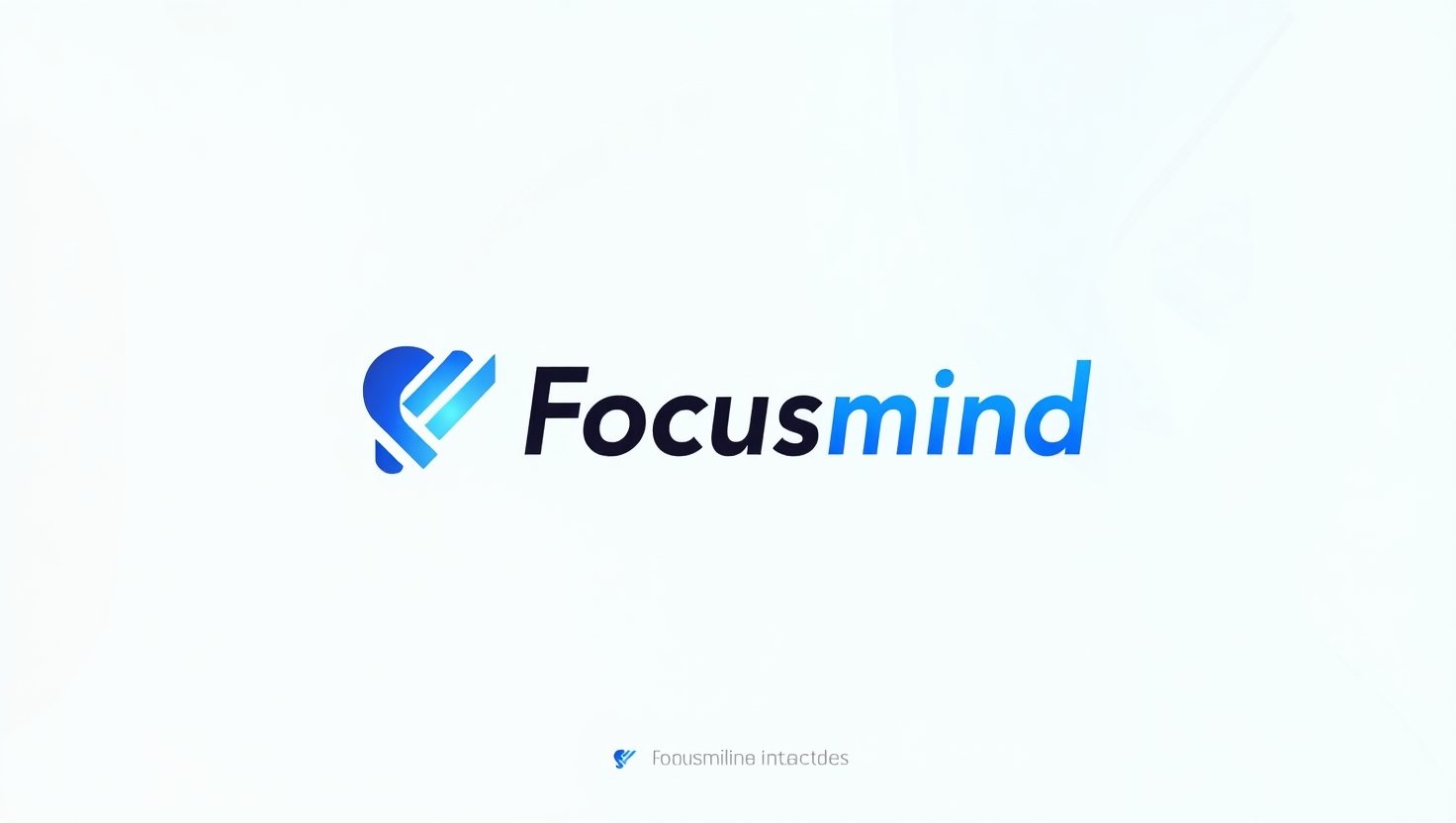Now Reading: Every Meditation Techniques in the World – A Complete Guide
-
01
Every Meditation Techniques in the World – A Complete Guide
Every Meditation Techniques in the World – A Complete Guide
The Ultimate Guide to Meditation Techniques: Explore Every Practice
Meditation is an ancient art that has evolved over centuries, resulting in a wide variety of techniques tailored to different goals and preferences. Whether you’re seeking mental clarity, emotional healing, or spiritual growth, there’s a meditation technique for you. In this Fifth post of the Meditation series, we’ll explore all the major meditation techniques practiced around the world, offering a brief description and examples to help you understand their unique benefits.
1. Mindfulness Meditation
Description
Mindfulness meditation focuses on being fully present in the moment. It involves observing your thoughts, feelings, and sensations without judgment.
Example
Mindfulness is commonly practiced by sitting quietly and focusing on your breath or bodily sensations. Techniques like the Body Scan meditation involve mentally scanning the body for tension or stress.
Benefits
Improves focus, reduces stress, and enhances emotional regulation.

2. Transcendental Meditation (TM)
Description
TM involves silently repeating a specific mantra, usually provided by a certified instructor, to transcend ordinary thought processes.
Example
Practiced for 20 minutes twice a day, participants sit comfortably with their eyes closed while focusing on a personal mantra.
Benefits
Reduces anxiety, lowers blood pressure, and promotes deep relaxation.
3. Zen Meditation (Zazen)
Description
Zen meditation is a seated practice emphasizing posture and breath awareness to achieve a state of calm observation.
Example
Practitioners typically sit in the Lotus position, focusing on the flow of breath and dismissing thoughts as they arise.
Benefits
Develops discipline, enhances self-awareness, and fosters emotional stability.
4. Vipassana Meditation
Description
Vipassana, meaning “insight,” is one of the oldest meditation practices. It focuses on observing the impermanent nature of sensations and thoughts.
Example
Participants often attend 10-day silent retreats to practice observing their breath and bodily sensations.
Benefits
Cultivates mindfulness, reduces reactivity, and deepens self-understanding.
5. Loving-Kindness Meditation (Metta)
Description
Metta meditation involves directing feelings of compassion and love toward oneself and others, including those you may find difficult to deal with.
Example
Start by silently repeating phrases like, “May I be happy. May I be healthy,” and then extend these wishes to loved ones, acquaintances, and eventually everyone.
Benefits
Promotes emotional healing, reduces anger, and fosters empathy.
6. Chakra Meditation
Description
This practice focuses on the body’s energy centers, or chakras, to balance physical, emotional, and spiritual well-being.
Example
Practitioners visualize spinning wheels of light at each chakra point (e.g., the root or heart chakra) while repeating affirmations or mantras.
Benefits
Enhances energy flow, boosts creativity, and strengthens intuition.

7. Guided Meditation
Description
Guided meditation involves listening to a teacher or recording that leads you through a visualization or specific practice.
Example
Popular apps like Headspace and Calm offer guided meditations on topics like sleep, stress, and focus.
Benefits
Eases beginners into meditation and helps with specific goals like better sleep or stress relief.
8. Body Scan Meditation
Description
Body Scan meditation involves mentally scanning each part of the body for tension or discomfort.
Example
Lying down or sitting, practitioners focus on different body parts, starting from the toes and moving upward, releasing tension as they go.
Benefits
Improves body awareness, reduces stress, and aids in relaxation.
9. Kundalini Meditation
Description
Kundalini meditation aims to awaken dormant spiritual energy at the base of the spine through breathwork, movement, and mantra chanting.
Example
Chanting “Sat Nam” while practicing breathing exercises like Breath of Fire is a common Kundalini technique.
Benefits
Increases vitality, promotes spiritual awakening, and enhances creativity.
10. Yoga Nidra (Yogic Sleep)
Description
Yoga Nidra is a form of guided meditation practiced while lying down, designed to induce deep relaxation.
Example
During a session, a guide takes you through a journey of visualization and body awareness to enter a semi-sleep state.
Benefits
Improves sleep quality, reduces stress, and enhances creativity.
11. Visualization Meditation
Description
This practice involves visualizing specific images or scenes to evoke feelings of calm or inspiration.
Example
Imagining yourself walking on a serene beach or surrounded by light and warmth can help reduce stress and improve focus.
Benefits
Promotes relaxation, enhances creativity, and improves focus.
12. Sound Meditation
Description
This practice uses sound as a focus, often employing instruments like Tibetan singing bowls, gongs, or chanting.
Example
Listening to the sound of a Tibetan bowl while meditating helps focus the mind and calm the body.
Benefits
Calms the mind, reduces anxiety, and enhances spiritual awareness.
13. Qi Gong Meditation
Description
Qi Gong is a Chinese practice that integrates meditation, movement, and breathing to cultivate and balance energy (Qi) within the body.
Example
Practitioners perform slow, rhythmic movements while focusing on their breath and the flow of energy through their body.
Benefits
Enhances physical health, reduces stress, and improves energy flow.
14. Sound Bath Meditation
Description
A deeply immersive experience where participants meditate while listening to resonant sounds produced by instruments like gongs or crystal bowls.
Example
Participants lie down in a relaxed position while the practitioner plays various instruments, creating a meditative soundscape.
Benefits
Promotes deep relaxation, reduces stress, and enhances emotional well-being.
15. Tonglen Meditation
Description
A Tibetan Buddhist practice of “giving and receiving,” where one visualizes taking in the suffering of others and sending out relief or compassion.
Example
While inhaling, imagine absorbing others’ pain; while exhaling, visualize sending out comfort and healing.
Benefits
Cultivates compassion, reduces self-centered thinking, and promotes emotional resilience.
16. Walking Meditation
Description
A mindfulness practice performed while walking, often focusing on the sensation of each step and the rhythm of movement.
Example
Walking slowly in a quiet space, concentrating on the feeling of your feet touching the ground.
Benefits
Improves focus, integrates mindfulness into daily life, and reduces stress.
17. Forest Bathing (Shinrin-Yoku)
Description
A Japanese practice that combines mindfulness and meditation in nature, focusing on the sights, sounds, and smells of the forest.
Example
Strolling through a forest, pausing to observe the trees, listen to birdsong, and breathe in fresh air.
Benefits
Reduces stress, enhances mood, and improves overall well-being.
18. Pranayama Meditation
Description
A yogic practice focusing on controlled breathing to balance mind and body.
Example
Techniques like Nadi Shodhana (alternate nostril breathing) are used to calm the nervous system and enhance focus.
Benefits
Improves respiratory health, reduces anxiety, and increases vitality.
19. Taoist Meditation
Description
A practice rooted in Taoism, focusing on aligning oneself with the natural flow of the universe, often through visualization and breathwork.
Example
Meditating while visualizing a flow of energy moving in harmony with nature’s cycles.
Benefits
Promotes inner peace, enhances spiritual awareness, and improves energy flow.
20. Contemplative Meditation
Description
A reflective practice that involves focusing on a particular question, concept, or text to gain deeper insight.
Example
Meditating on questions like “What is love?” or passages from spiritual texts to uncover personal understanding.
Benefits
Enhances introspection, fosters clarity, and deepens self-awareness.
21. Sufi Meditation
Description
A spiritual practice from Sufism, often involving chanting, breathing exercises, or focusing on the heart to connect with divine love.
Example
Chanting “Allah” while focusing on the rhythm of your breath and the beat of your heart.
Benefits
Fosters spiritual connection, cultivates love and peace, and enhances self-awareness.
22. Candle Gazing Meditation (Trataka)
Description
A concentration practice where you focus on the flame of a candle to calm the mind and enhance focus.
Example
Sitting in a dark room with a candle at eye level, gaze steadily at the flame without blinking for as long as possible.
Benefits
Improves concentration, strengthens eyesight, and calms the mind.
23. Art or Mandala Meditation
Description
A creative form of meditation where drawing or coloring mandalas helps focus the mind and reduce stress.
Example
Using colored pencils to fill in intricate mandala patterns while focusing on the shapes and colors.
Benefits
Encourages creativity, reduces stress, and enhances focus.
24. Dance Meditation
Description
Meditation through free-form movement or dance, often accompanied by music, to express emotions and release tension.
Example
Participating in an ecstatic dance session where you move intuitively without judgment or structure.
Benefits
Releases emotional blockages, promotes physical fitness, and boosts mood.
25. Breath Awareness Meditation
Description
A foundational practice that focuses on the natural rhythm of your breathing to anchor the mind in the present.
Example
Simply observing the sensation of air entering and leaving your nostrils without trying to control it.
Benefits
Improves focus, reduces anxiety, and anchors mindfulness.

26. Kundalini Kriya Meditation
Description
A more advanced Kundalini practice that involves specific sequences of postures, breathwork, and chanting.
Example
Combining deep breathing with chanting “Sat Nam” while holding specific mudras (hand positions).
Benefits
Enhances spiritual growth, boosts energy, and promotes inner clarity.
27. Sound Chanting (Mantra Japa)
Description
A practice of repeating sacred sounds or mantras to align with their vibrational energy.
Example
Chanting “Om” repeatedly, focusing on the vibration in your body and the sound’s resonance.
Benefits
Promotes focus, reduces anxiety, and fosters spiritual connection.
28. Silence Meditation
Description
A practice of sitting in complete silence to observe the mind and connect with inner stillness.
Example
Spending 20 minutes in a quiet room, allowing your thoughts to flow without attachment.
Benefits
Fosters inner peace, enhances mindfulness, and encourages self-reflection.
29. Shadow Work Meditation
Description
A deep self-reflective practice aimed at uncovering hidden or suppressed aspects of the self, often referred to as the “shadow.”
Example
Meditate on past experiences or traits you dislike about yourself, journaling thoughts that arise to understand their roots.
Benefits
Promotes emotional healing, self-awareness, and integration of hidden aspects of personality.
30. Tongue Meditation (Khechari Mudra)
Description
An ancient yogic practice involving placing the tongue against the roof of the mouth to stimulate energy flow.
Example
Sitting in a meditative posture, lightly press the tip of the tongue against the upper palate while focusing on your breath.
Benefits
Enhances focus, stimulates the pineal gland, and supports spiritual awakening.
31. Devotional Meditation (Bhakti)
Description
A practice of cultivating love and devotion toward a deity, the universe, or a higher power.
Example
Chanting devotional songs or silently offering prayers, focusing on feelings of love and surrender.
Benefits
Promotes emotional healing, deepens faith, and fosters a sense of connection.
32. Elemental Meditation
Description
A practice that involves focusing on the five elements—earth, water, fire, air, and ether—to balance the mind and body.
Example
Visualizing yourself grounded by the earth, flowing like water, and energized by fire during meditation.
Benefits
Fosters balance, enhances awareness of natural cycles, and grounds energy.
33. Stoic Meditation
Description
A reflective practice inspired by Stoic philosophy, focusing on cultivating resilience and gratitude.
Example
Meditate on impermanence by imagining life without a cherished possession or loved one to foster appreciation.
Benefits
Increases mental resilience, fosters gratitude, and reduces anxiety.
34. Labyrinth Walking Meditation
Description
A meditative practice involving walking a labyrinth path as a metaphor for life’s journey.
Example
Walking slowly through a labyrinth while contemplating a question or reflecting on a personal challenge.
Benefits
Encourages introspection, reduces stress, and symbolizes personal transformation.
35. Reflective Meditation (Analytical Meditation)
Description
A practice of focusing on a specific concept, belief, or philosophical idea to gain clarity or insight.
Example
Meditating on topics like forgiveness or impermanence, analyzing your thoughts and emotions on the subject.
Benefits
Deepens understanding, improves mental clarity, and fosters personal growth.
36. Heart Rhythm Meditation (HRM)
Description
A technique focusing on synchronizing breath with heart rhythms to achieve emotional balance.
Example
Breathing deeply while focusing on the sensation of the heartbeat and visualizing waves of light spreading from the heart.
Benefits
Balances emotions, reduces stress, and strengthens the connection between mind and body.
37. Mirror Meditation
Description
A practice of sitting in front of a mirror and observing yourself to cultivate self-compassion and insight.
Example
Gazing into your own eyes in a mirror while repeating affirmations like, “I am worthy of love.”
Benefits
Builds self-compassion, enhances self-awareness, and fosters emotional healing.
38. Dream Yoga Meditation
Description
A Tibetan Buddhist practice of becoming lucid in dreams to explore consciousness and transcend the ego.
Example
Practicing mindfulness throughout the day to increase the likelihood of becoming aware during dreams.
Benefits
Deepens awareness, enhances creativity, and explores the subconscious mind.
39. Osho Dynamic Meditation
Description
A modern practice designed by Osho that combines movement, catharsis, and silence to release pent-up energy.
Example
The practice includes five stages: intense breathing, cathartic movement, jumping with the mantra “Hoo,” stillness, and celebratory dance.
Benefits
Releases emotional blockages, enhances energy, and promotes inner clarity.
40. Sensory Meditation
Description
A mindfulness practice that involves focusing on one or more senses to anchor attention in the present moment.
Example
Concentrating on the sound of a bell, the taste of tea, or the texture of an object in your hand.
Benefits
Improves focus, reduces stress, and heightens sensory awareness.
41. Gazing Meditation (Drishti)
Description
A meditation where you focus your gaze on a single point, object, or image to calm the mind.
Example
Fixating your gaze on a flower, a spiritual symbol, or a single dot on a wall while meditating.
Benefits
Improves concentration, calms the mind, and enhances awareness.
42. Open Monitoring Meditation
Description
A mindfulness practice where you observe everything in your field of awareness without attaching to it.
Example
Sitting quietly and allowing sounds, thoughts, and sensations to come and go without judgment.
Benefits
Enhances mindfulness, reduces reactivity, and fosters open awareness.
43. Crystal Meditation
Description
A spiritual practice using crystals to focus energy and promote healing.
Example
Holding a crystal like amethyst or rose quartz during meditation to channel specific energies.
Benefits
Promotes energy healing, enhances focus, and fosters spiritual growth.
44. Compassion Meditation
Description
A practice of actively cultivating compassion for yourself and others by visualizing and extending care.
Example
Visualizing someone in distress and mentally offering them comfort and support.
Benefits
Increases empathy, reduces anger, and fosters emotional well-being.
Conclusion: A World of Techniques Awaits You
These are just a few of the meditation techniques practiced worldwide. Each one offers unique benefits, catering to diverse needs and preferences. Whether you’re a beginner or an experienced meditator, exploring these techniques will help you find the practice that resonates with you.
In our next posts, we’ll dive deeper into each of these techniques, offering detailed guides and practical steps to help you unlock their full potential. Stay tuned as we embark on this transformative journey together!
Stay Informed With the Latest & Most Important News
Previous Post
Next Post
-
 01Top Tips to Stay Motivated and Avoid Burnout While Working Remotely
01Top Tips to Stay Motivated and Avoid Burnout While Working Remotely -
 02How to Pose People Who Are Not Models for Natural and Authentic Portraits
02How to Pose People Who Are Not Models for Natural and Authentic Portraits -
 03New Study Reveals Simple Lifestyle Changes Linked to Longer Life
03New Study Reveals Simple Lifestyle Changes Linked to Longer Life -
 04Foods Recommended by Doctors to Boost Your Immune System Naturally
04Foods Recommended by Doctors to Boost Your Immune System Naturally -
 05Smartphone Hacks Everyone Needs to Know to Extend Battery Life
05Smartphone Hacks Everyone Needs to Know to Extend Battery Life -
 06Travel Experts Predict Top Destinations to Shape 2024 Tourism
06Travel Experts Predict Top Destinations to Shape 2024 Tourism -
 07Global Markets Rebound as Inflation Worries Ease for Investors
07Global Markets Rebound as Inflation Worries Ease for Investors


















